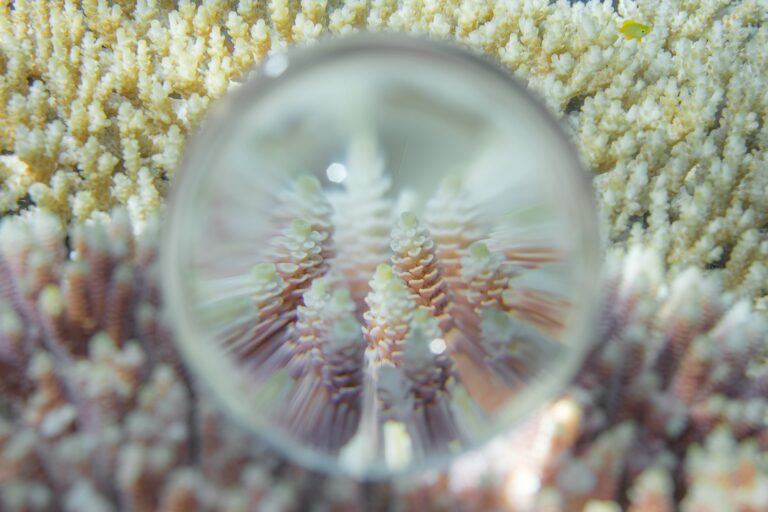From the deep sea to the arctic frontier and tropical coastlines, corals have formed the foundations of many ecosystems. Coral reefs have been around for millions of years and support thousands of communities around the world. Though due to rapid climate change, these wonderful ecosystems could be the first to disappear from the earth. According to the International Panel on Climate Change (IPCC), we are projected to lose up to 90% of corals around the world, even if we meet the goal of limiting global warming to 1.5oC (IPCC, 2018). In a bid to better understand how corals can respond to these changing conditions and save coral ecosystems from collapse, researchers are looking into the potential of the so-called “super-corals”. But what is a “super-coral”? What do we know about them?
There is no unique definition of “super-coral”. The term is rarely used in scientific literature, with some exceptions (see Grottoli et al, 2017 and Camp et al, 2018). It will often be mass media reporting on the research that will then call any such coral a super coral. This does not mean however that researchers do not use the term at all as it can be useful in some cases to describe a certain “group” of corals to the layman. If there is no set definition of super-corals, then what are we supposed to understand when we read and hear the term? Dr. Emma Camp, and her collaborators have put forward an explanation of the term that may not define it but will help to understand the idea behind it.
What is a “super-coral”?
A “super-coral” is ultimately a coral with superior tolerance/survivorship when exposed to conditions considered “stressful” for most coral species (Camp et al, 2018).
Simple right?
Not quite, as there are different ways a coral can survive under stressful conditions. They can survive due to refuge and/or due to tolerance, which are not the same.
Survivorship through refuge is achieved because some environmental factor is shielding the coral from stress. Such protection can be provided by other organisms such as mangrove trees or by hydrological conditions such as colder water currents that keep a part of an ecosystem cool while the rest overheats, facilitating coral survival.
On the other hand, survivorship through tolerance can be characterized as an increased ability of a coral to cope with stress without the need for external aid, but through intrinsic mechanisms derived from genetic selection or from conditioning to a particular stress (Camp et al, 2018). It is important to distinguish between these kinds of survival mechanisms as they may alter the use cases for the coral. It is also possible that survivorship through the refuge mechanism is not sufficient to […]
Full article: www.coralguardian.org

